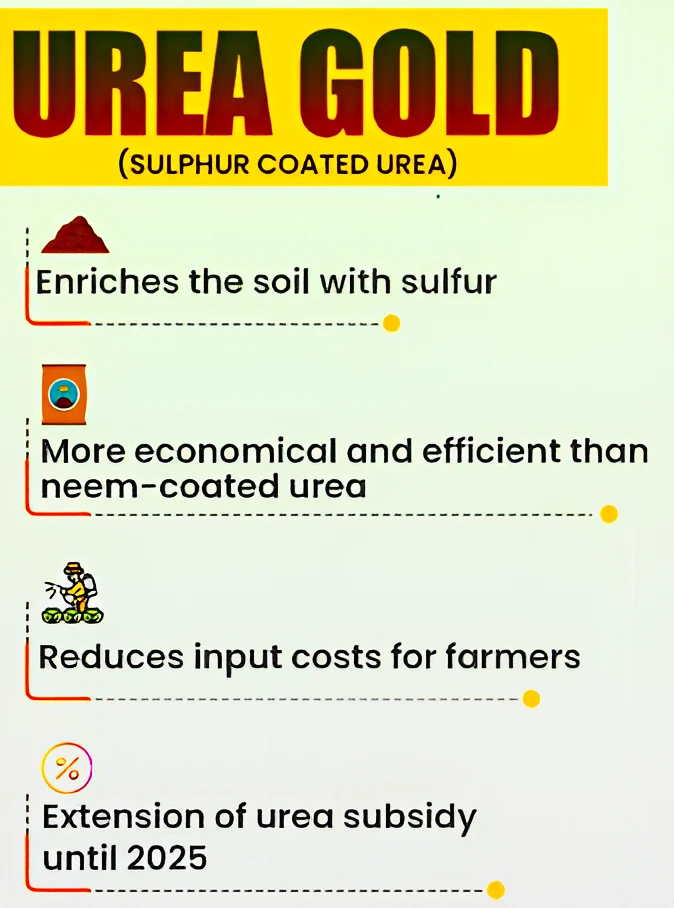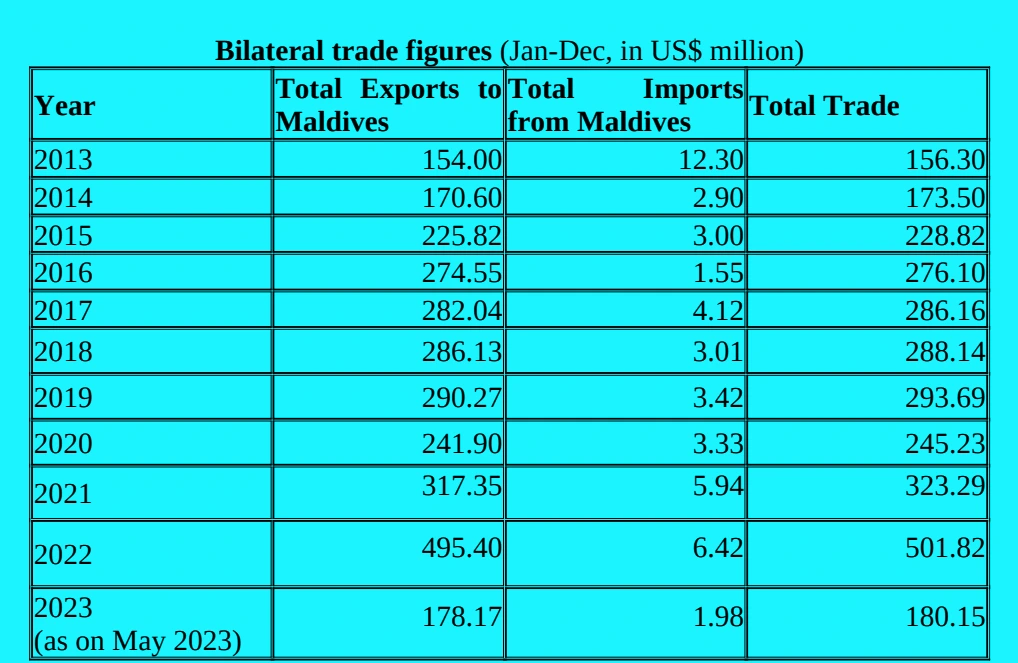Context: The report is being prepared and released by the International Energy Agency.
About International Energy Agency (IEA)
|
|---|
Must Read: Decline In Global Coal Demand By 2026: IEA Report
News source: IEA
|
Must Read |
|
| NCERT Notes For UPSC | UPSC Daily Current Affairs |
| UPSC Blogs | UPSC Daily Editorials |
Context: India’s First Inland Waterways Development Council (IWDC) has commited Rs. 45,000 crore for the development of River Cruise Tourism.
Must Read: Global Maritime India Summit 2023
News Source: PIB
|
Must Read |
|
| NCERT Notes For UPSC | UPSC Daily Current Affairs |
| UPSC Blogs | UPSC Daily Editorials |
Context: India to host the 46th session of UNESCO’s World Heritage Committee.
This will be the First instance of India hosting the meeting of the World Heritage Committee.
United Nations Educational, Scientific and Cultural Organization UNESCO:
About World Heritage Convention
|
|---|
Also Refer: UNESCO’s World Heritage List
News source: livemint
|
Must Read |
|
| NCERT Notes For UPSC | UPSC Daily Current Affairs |
| UPSC Blogs | UPSC Daily Editorials |
Context: There is a plea seeking deletion of the “Nomadic Chin-Kuki” from the list of Scheduled Tribes in Manipur.
Also Read: The Demand For A Kuki Homeland
Also Read: Himachal Grants ST Status To Hatti Community
Source: The Hindu
|
Must Read |
|
| NCERT Notes For UPSC | UPSC Daily Current Affairs |
| UPSC Blogs | UPSC Daily Editorials |
Context: Recently, the SC has pronounced its verdict on short selling related to the Adani Hindenburg Case.
Adani Hindenburg Case: Key Highlights of SC Order
|
|---|
Source: Business Line
|
Must Read |
|
| NCERT Notes For UPSC | UPSC Daily Current Affairs |
| UPSC Blogs | UPSC Daily Editorials |
Context: As part of initiatives for the promotion of alternate fertilizers, the Cabinet Committee of Economic Affairs (CCEA) has approved the new fortified Urea combination – Sulphur Coated Urea (SCU) also called Urea Gold.

About Neem Coated Urea:
|
|---|
Must Read: Efficacy Of Liquid Nano Urea
News Source: PIB
|
Must Read |
|
| NCERT Notes For UPSC | UPSC Daily Current Affairs |
| UPSC Blogs | UPSC Daily Editorials |
Context: The counter drone system developed by Defence Research and Development Organisation (DRDO) now ready to go into production.
The Defence Ministry, in a Parliamentary Panel report “A review of the working of DRDO”, informed the House of the functioning of Defence Research and Development Organisation and future endeavors.
About Counter Drone System
|
|---|
Application of Drones by Narco-Terror Nexus:
|
|---|
Must Read: NAMO Drone Didi Scheme
About Defence Research and Development Organisation
|
|---|
News Source: The Hindu
|
Must Read |
|
| NCERT Notes For UPSC | UPSC Daily Current Affairs |
| UPSC Blogs | UPSC Daily Editorials |
Context: This article is based on the news “Bilkis Bano case | Rule of law vs right to liberty: What the Supreme Court said” which was published in the Indian Express. The Supreme Court (SC) struck down the remission granted by the Gujarat government to 11 convicts who were serving life imprisonment for the gangrape of Bilkis Bano during the communal riots in Gujarat in 2002.
| Relevancy for Prelims: Supreme Court of India, Fundamental Rights, The Writs in Indian Constitution, and Pardoning powers of the President and Governor (Article: 72 and 161).
Relevancy for Mains: Bilkis Bano Case | Rule of law Vs right to liberty: What the Supreme Court Said? |
|---|
Bilkis Bano Case: Timeline of Events From 2002 to Recent SC Verdict
| The Crime |
|
| SC Calls in CBI |
|
| Verdict & Appeal |
|
| Convicts Released |
|
| In Supreme Court |
|
Also Read: Parliament Passes Three New Criminal Law Reform Bills
| Article 14: Guarantees the right to equality and equal protection of the law.
Article 21: Guarantees the right to life and liberty |
|---|
Remission Process Under CrPC:
|
|---|
About Rule of Law:
About Writs:
|
|---|
Review Petition Vs Curative PetitionAbout Review Petition
A Curative Petition
|
|---|
The Observed Ethical Values
|
|---|
The Supreme Court’s decision to overturn the remission restores faith in the legal system and it sets an example for future remission cases by emphasizing the importance of the Rule of Law.
| Mains Question: Define the concept of the rule of law and are the potential risks and challenges to maintaining the rule of law in the modern era in India. (15 marks, 250 words) |
|---|
|
Must Read |
|
| NCERT Notes For UPSC | UPSC Daily Current Affairs |
| UPSC Blogs | UPSC Daily Editorials |
Context: The Maldives government has recently suspended three of its ministers for their derogatory remarks on India’s Prime Minister.
Lakshadweep’s Tourism Potential:
|
|---|
 Maldives is dependent on India for a host of essential commodities like rice, wheat flour, sugar, potatoes and onions, eggs, vegetables and even construction material.
Maldives is dependent on India for a host of essential commodities like rice, wheat flour, sugar, potatoes and onions, eggs, vegetables and even construction material. Hydrography Pact:
|
|---|
Also Read: Indian Ocean Rim Association (IORA)
The ongoing dispute underscores the importance of diplomatic communication in the digital age and the need for responsible engagement between nations.
| Mains Question: Discuss the political developments in Maldives in the last two years. Should they be of cause of concern to India? [200 words, 10 marks] |
|---|
|
Must Read |
|
| NCERT Notes For UPSC | UPSC Daily Current Affairs |
| UPSC Blogs | UPSC Daily Editorials |
SC Verdict on Newsclick Shows Adherence to Due Pro...
Stay Invested: On Chabahar and India-Iran Relation...
Credit Rating Agencies, Impact on India’s De...
Catapulting Indian Biopharma Industry
Globalisation Under Threat, US Import Tariffs Have...
Global Report on Hypertension, Global Insights and...
<div class="new-fform">
</div>
